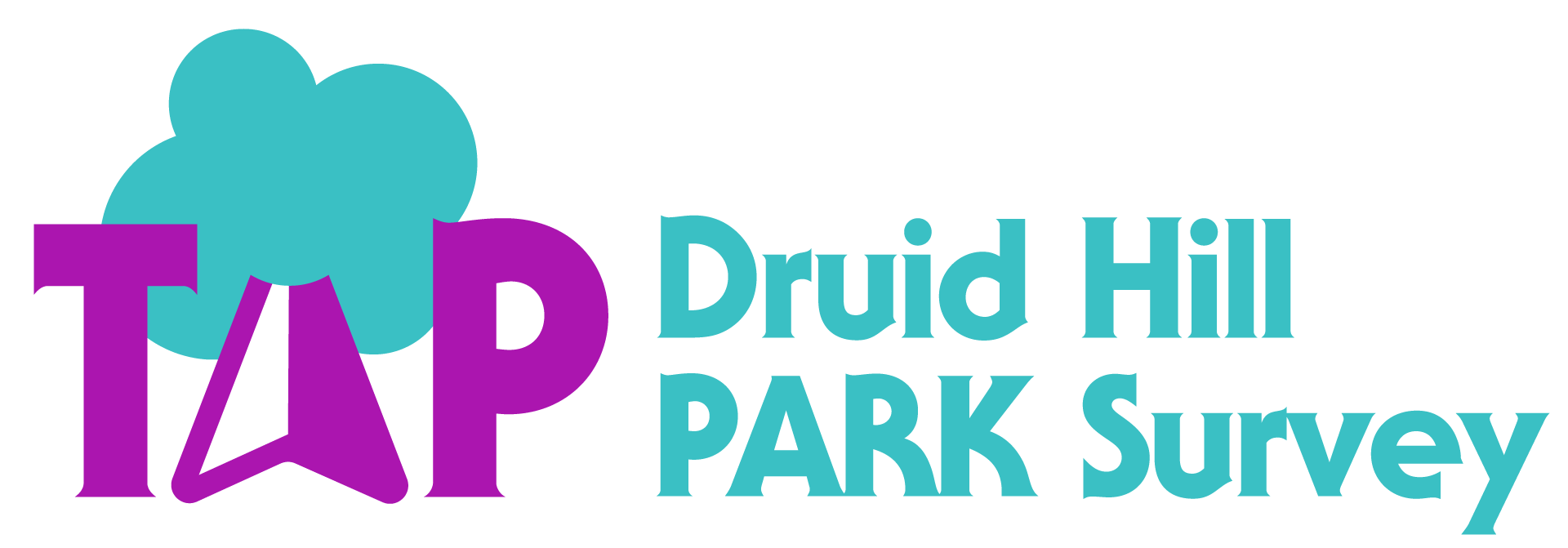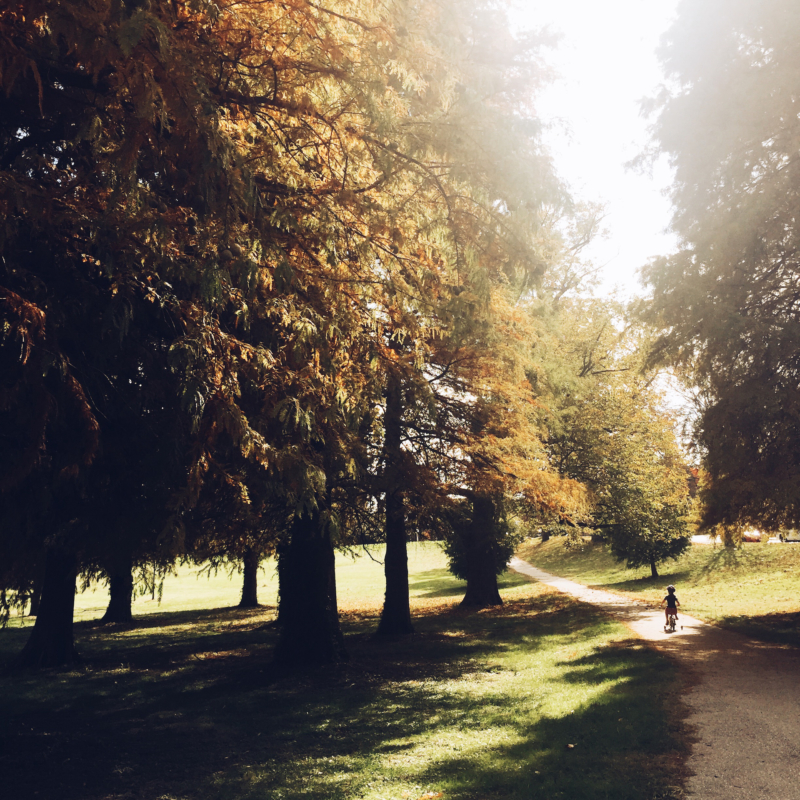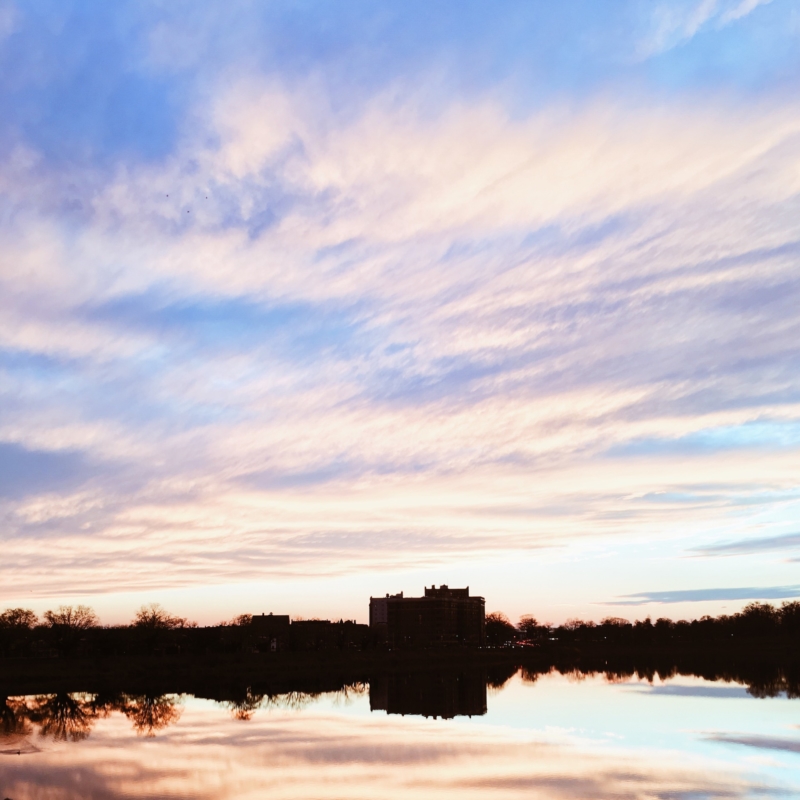
Public Parks & Health
Public parks, even small ones, have numerous health benefits. The benefits range from decreased violence to improved mental health to improved healing. They are an important public health asset with impacts across the life spectrum, which is why there is an ongoing effort to place parks within a 10 minute walk or half mile distance of urban residences across cities in the United States. While these metrics of distance and time can provide important measures that help us understand the geographic location of parks and their proximity to local communities, they don’t tell the whole story. Why is this? Consider a hospital. Just because a hospital is in a community, and within a half mile or ten-minute walk, does that mean it is truly accessible and available to the community? No. Community members have to be able to pay. They have to know how to navigate the health system. The space needs to make them feel welcome. The doctors need to be well trained. And the hospital needs to be well run and managed. We believe that parks operate from a similar position. While a public park doesn’t require an entrance fee, there are still associated costs in terms of living close to urban green space. Additionally, parks require programming, maintenance, staffing, and funding to truly flourish. Furthermore, the measures above of distance and time walked can be met, but traffic and physical barriers can still impact one’s ability to get into the park and fully benefit from it.


Local access to Druid Hill Park
We believe that the Baltimore Health Neighborhood Profiles help illustrate some of these points regarding what it means to have a park that is truly accessible. Theoretically, the members of neighborhoods adjacent to the park should benefit from being in close proximity to Druid Hill Park. But the data doesn’t appear to bear this out. For the profile that includes the communities of Reservoir Hill, Penn North, and Parkview/Woodbrook, an area that has one of the highest if not the highest percentages of green space in the city, the non-fatal shooting rate is 7.4 per 10,000 residents per year compared to the city-wide rate of 6.9. The homicide rate is 7.9 per 10,000 residents per year compared to the city-wide rate of 3.9. The age-adjusted all-cause mortality rate is higher than the city average. Additionally, death due to diabetes and cardiovascular disease is higher than the city average with the area ranking 11th worst out of 55 for the city on cardiovascular disease and 14th worst out of 55 for the city on diabetes. Surely, green space cannot mitigate the years of disinvestment that the area has seen, and it is not a panacea. But we’re left wondering, where’s the benefit to the community from the park?
Druid Hill PARK Survey
The Druid Hill PARK (Park Access & Regional Knowledge) Survey was an in-person survey of randomly selected households in Reservoir Hill and Auchentoroly Terrace (also known as Parkview-Woodbrook) that will ask questions regarding:
- Park use
- Factors that may impact park access
- Background information of respondents
- Health
Data was collected from April of 2019 to the fall of 2019.
Who Supports the Study?
- The study is funded by the Bloomberg American Health Initiative
- It is supported by the New Auchentoroly Terrace Association, Reservoir Hill Improvement Council, and the office of Leon Pinkett (councilman for the 7th district).
- It is accountable to the local community and the Institutional Review Board of the Johns Hopkins School of Public Health


About Daniel Hindman
Daniel Hindman is a board-certified physician in Internal Medicine and Pediatrics. He attended medical school at the University of South Carolina School of Medicine and completed his residency at Johns Hopkins in Combined Internal Medicine and Pediatrics. Upon completion of his residency, he remained at Johns Hopkins through a fellowship in General Internal Medicine. This fellowship has allowed him to pursue training in research while also completing a Masters in Public Health (MPH) through the Johns Hopkins School of Public Health. His clinical and research training have both had a strong emphasis on addressing social determinants of health and working to improve health equity. He moved to Baltimore in 2013, and for all of his time in Baltimore, he has resided in West Baltimore. He is a member of the Auchentoroly Terrace community and a board member of the Greater Mondawmin Coordinating Council. He is deeply appreciative of the kindness, teaching, and support of his neighbors and mentors through this project.

